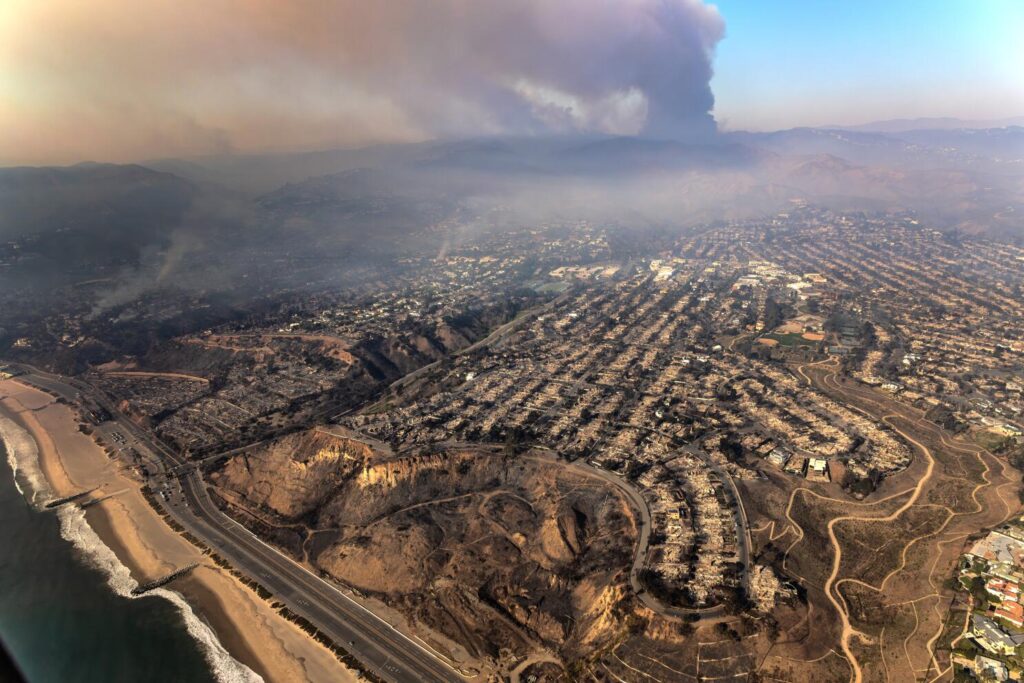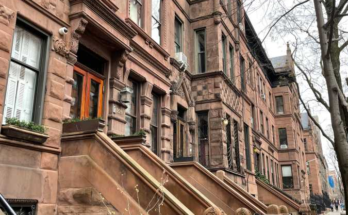Los Angeles was once again the stage for nature’s fury as wildfires roared through the region, turning vibrant communities into smoldering landscapes of fire and ash. What began as a small blaze in the hills quickly evolved into an unstoppable inferno, consuming homes, businesses, and cherished landmarks.
Fueled by relentless winds and bone-dry conditions, the flames moved with a terrifying speed, leaving little time for residents to flee. Entire neighborhoods were reduced to rubble, with thousands forced to evacuate as the sky turned a haunting shade of orange. Firefighters waged a tireless battle against the blaze, their silhouettes illuminated by the glow of the firestorm as they fought to protect what little could be saved.

The toll of destruction is staggering: thousands of structures burned, lives uprooted, and an untold number of memories lost in the ashes. Emergency shelters now brim with displaced families, their future uncertain but their resilience unwavering. Volunteers and first responders are working tirelessly to provide aid, but the road to recovery will be long and arduous.
Beyond the human impact, the environmental cost is immense. Lush hillsides have been stripped bare, and the region’s wildlife faces an uncertain fate. Meanwhile, thick plumes of smoke have darkened the skies, prompting health warnings across the city.
This tragedy is a stark reminder of the growing intensity of wildfires fueled by climate change. As Los Angeles begins to recover, conversations are once again turning toward prevention, preparedness, and the urgent need for action.
In the face of devastation, the spirit of the Los Angeles community shines brighter than ever. Together, they will rise from the ashes, rebuilding not just their homes but also their hope for a safer future.


